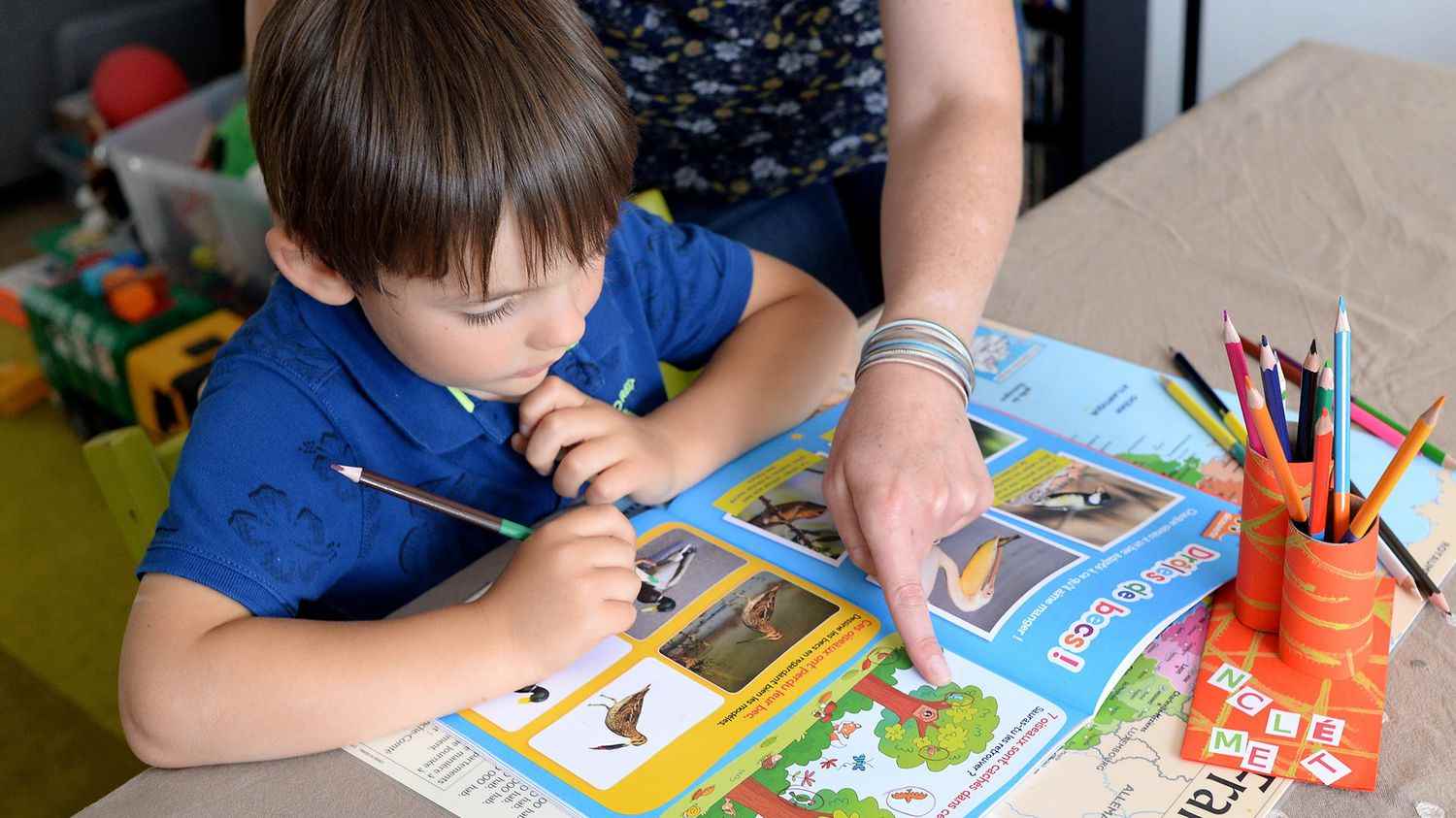Should you make your children do holiday homework? This is a question that comes up every summer for parents. Practical, fun, but are they really effective?
Concerning the use of holiday notebooks and their usefulness: two French studies carried out a few years ago are a benchmark. The Rosenwald Tomasini study first shows that it is primary school pupils who use holiday notebooks the most: six out of ten pupils buy one in primary school with a peak in CE1 and CE2. Then, it declines in college but above all, the figures show that it is generally the good students who use them.
Regarding their effectiveness, the other study conducted by the Institute for Research on Education shows that if we compare school performance in June and that in September, children who finish their holiday notebook actually have better results than those who haven’t done anything, but for that, you have to have finished your holiday notebook… which only happens in four out of ten cases.
Children should not be forced to finish their holiday notebook. These notebooks can help children understand (in the form of games) what they have learned in class. Childhood specialists almost all agree: if these notebooks are a source of stress or conflict, it is better to forget about it. Especially since, during the holidays, children can learn other than through school materials: certain notions of history, languages, science can be understood in films, novels, or during trips or family outings. . It is very effective with teenagers in particular.
According to a British study by the University of Warwick, these quality moments spent with parents in cultural or leisure places are more effective than tutoring courses in motivating middle school students in their studies. For the demanding children, the holiday notebook is more like the second part of the holidays to give the children time to disconnect.
For chronobiologist Claire Leconte: the ideal is to offer them in the morning, after breakfast, before going to play and for a half-hour slot only. It’s largely enough. This specialist in children’s rhythms also recommends using them in paper form and not digital, to encourage children to disconnect and especially to write.
